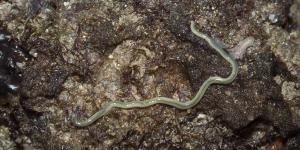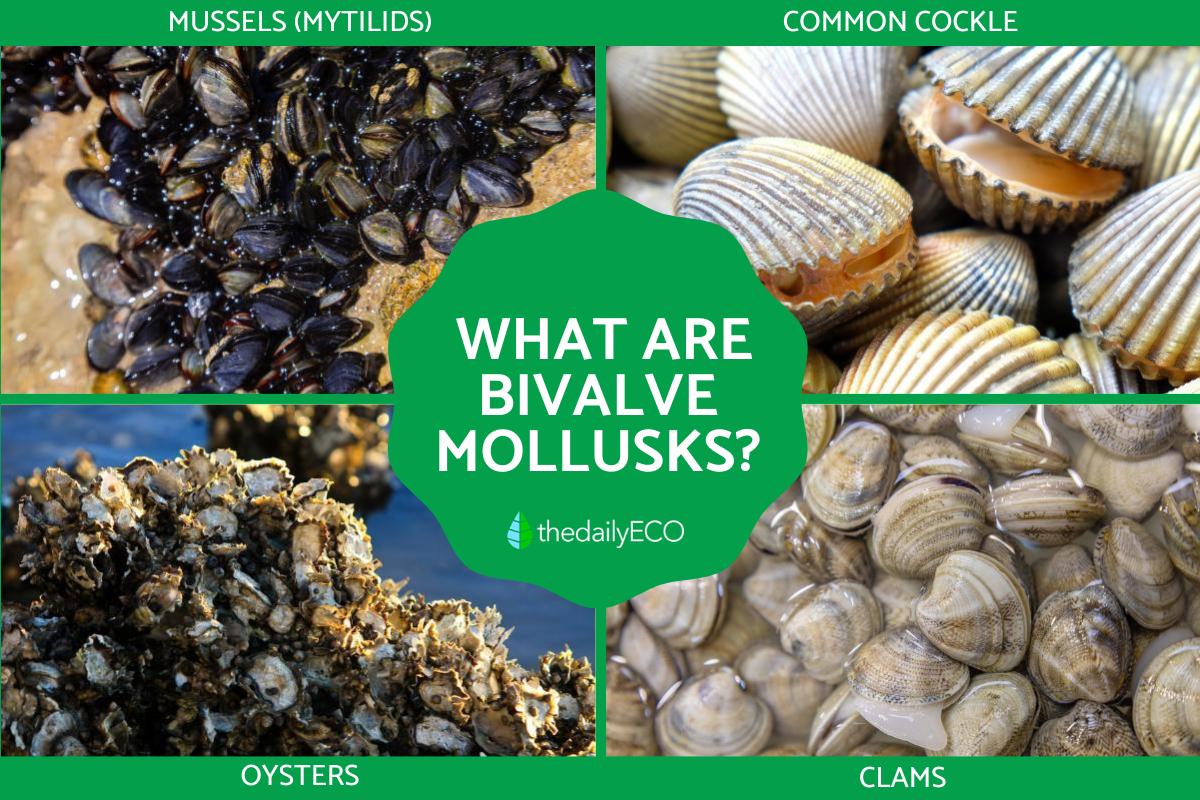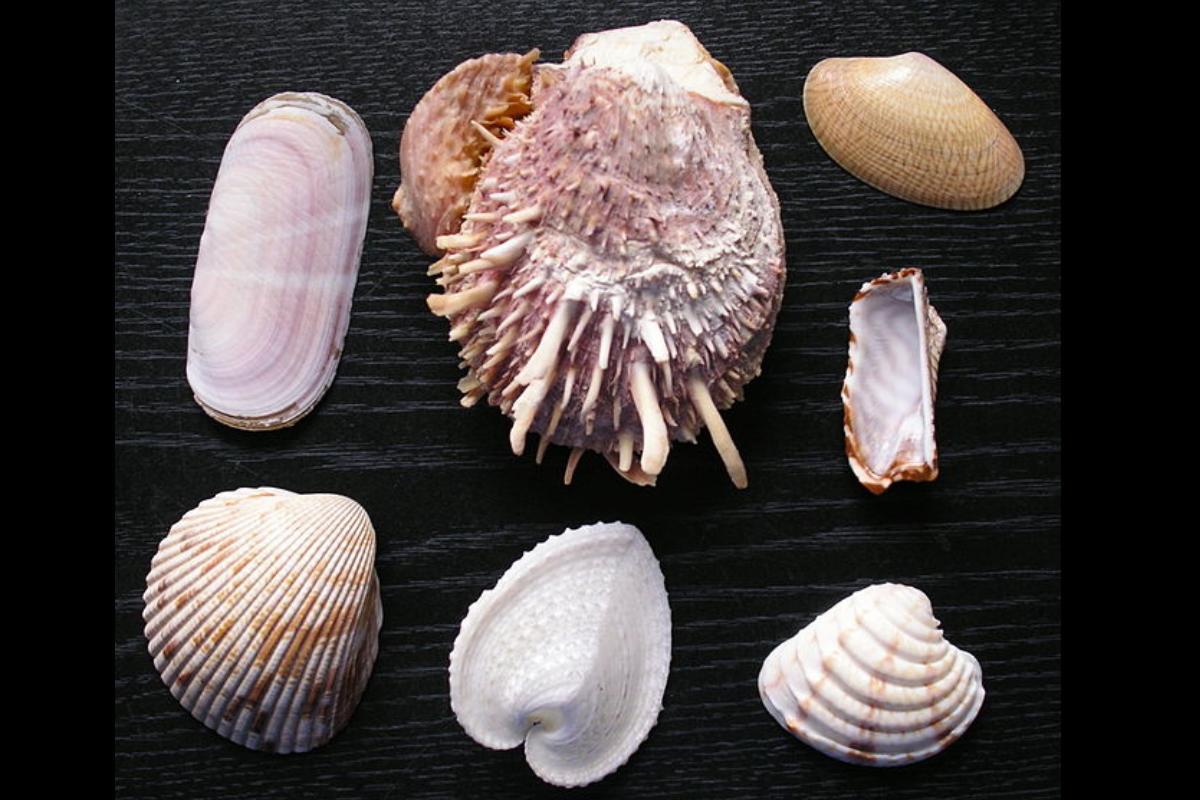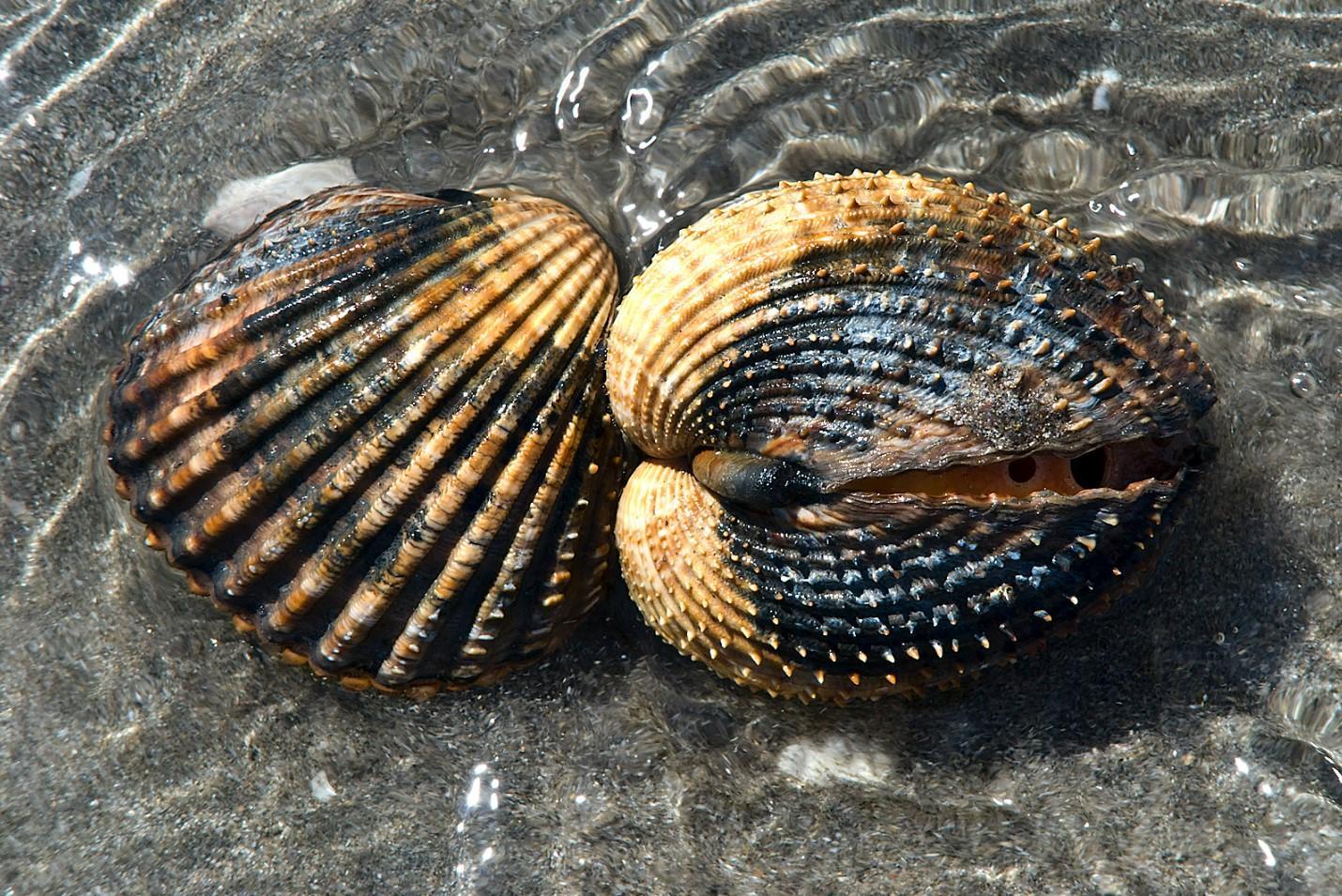What Is a Bivalve Mollusk?


Clams, mussels, oysters, and scallops are just a few examples of fascinating creatures belonging to the bivalve family. These aquatic invertebrates are distinguished by their unique two-part shells, which protect their soft bodies. Whether they inhabit freshwater lakes or salty oceans, bivalves play a crucial role in their ecosystems.
In this article by thedailyECO, we delve into what bivalve mollusks are, where they live, how they reproduce, and many other fascinating characteristics.
What are bivalves?
Bivalves, also known as lamellibranchs or pelecypods, are a class of mollusks distinguished by their two-part shell, which joins dorsally and encloses and protects their body.
They are often found in marine environments but can also live in freshwater. Bivalves are filter feeders, meaning they strain tiny food particles from the water. They play an important role in their ecosystems by helping to clean the water.
There are approximately 13,000 species worldwide, and they are classified under the class Bivalvia, reflecting their characteristic two-valved shells. They belong to the phylum Mollusca.

Main characteristics of bivalves
Bivalves have distinctive features that have allowed them to thrive in various aquatic environments, from shallow coastal waters to deep ocean beds. Let us take a closer look at some of them:
- Bivalves have a shell composed of two symmetrical lateral valves that articulate along their dorsal edge.
These valves are connected by an elastic protein band known as the "ligament," which, along with the action of adductor muscles, allows the shell to open and close. - The shell of bivalves exhibits a wide range of sizes, colors, and shapes.
- The shells are composed of a thin outer layer called the "periostracum," which covers 2 to 4 calcareous layers.
- The lines or ridges on a bivalve's shell can provide information about the animal's age and the environmental conditions during its growth.
- Most bivalves have a muscular foot used for burrowing or attaching to surfaces.
- Only bivalves with shells that have an internal layer of nacre (mother-of-pearl) can produce pearls.
- Unlike other mollusks, bivalves lack a radula, a tongue-like structure with teeth used for scraping food.
- They have a soft, unsegmented body with no distinct head.
- Their pallial cavity is the most spacious among mollusks, facilitating various functions.
- Bivalves have large gills that serve dual purposes: gas exchange and food collection.
- They possess a circulatory system typical of mollusks, including a heart and blood vessels.
- The nervous system of bivalves consists of three pairs of ganglia and two pairs of nerve cords.
- Some species may have ocelli, simple eyes that detect changes in light intensity.
- Bivalves are filter feeders, meaning they strain tiny food particles from the water using their gills.
Curious about the wider world of mollusks? Discover more about octopuses in our next article.

Where do most bivalves live?
Most bivalve species inhabit marine or freshwater beds, where they live buried in the sediment. This lifestyle offers protection while allowing them to access the food they need. They can be found in various depths, from shallow coastal areas to the deep ocean.
Some bivalves are surface dwellers, attaching themselves to substrates such as rocks, corals, shells, and docks. Mussels are a well-known example of this type, commonly found clinging to various surfaces.
There are also free-living bivalves that inhabit the bottom surface of their environment. These include sea combs, which swim abruptly by opening and closing their valves to expel jets of water from their pallial cavity, helping them escape from predators.
Additionally, some bivalves are known as drilling bivalves. These species bore into and live beneath the surface of hard substrates like wood, shells, and corals. Sea borers, such as Teredo navalis, are a prominent example of this group, remaining mostly hidden beneath their chosen substrate with only their siphons extending through a small opening.
A smaller, less common group within bivalve mollusks consists of parasitic species. Notably, the genus Entovalva includes bivalves that live within the digestive systems of sea cucumbers.
What do bivalves eat?
Bivalves have evolved diverse feeding strategies to thrive in various aquatic environments.
The majority of bivalves are filter feeders, relying on their gills to extract nutrients from the surrounding water. These remarkable organs, equipped with tiny cilia, create a current that draws water in, capturing microscopic food particles such as phytoplankton, bacteria, and organic debris. Once trapped, these particles are transported to the mouth for consumption. This efficient feeding method allows bivalves to play a crucial role in aquatic ecosystems by filtering and purifying water.
While filter feeding is the primary strategy, some bivalves, particularly the more primitive protobranchs, have adopted a detritivore lifestyle. These organisms feed on organic matter found on the seabed. They possess specialized structures, including tentacles and labial palps, to collect and process organic particles.
In some extraordinary cases, bivalves have developed symbiotic relationships with bacteria. These microorganisms, housed within the bivalve's tissues, provide nutrients through a process called chemosynthesis. This unique feeding strategy is observed in a few deep-sea species where sunlight is absent, and traditional food sources are scarce.
How do bivalves reproduce?
Most bivalves reproduce sexually, with a variety of reproductive strategies depending on the species and environmental conditions.
Many bivalve species have separate male and female individuals. They also reproduce through external fertilization, meaning males release sperm into the water column, and females release eggs. However, in a few species, fertilization occurs internally. The male transfers sperm directly to the female, and the young develop within the mother's body.
After fertilization, the zygote develops into a free-swimming larva, often referred to as a trochophore or veliger. This stage allows the bivalve to disperse and colonize new areas. Eventually, the larva undergoes metamorphosis, transforming into a juvenile bivalve that settles on the seabed.
Interestingly, some bivalve species can change sex or possess both male and female reproductive organs, allowing for flexible reproductive strategies.
If you enjoyed learning about bivalve mollusks, you'll be intrigued by our article on the fascinating process of pearl formation.
Examples of bivalves
Below, we present four examples of bivalve mollusks.
Mytilids
Mytilids, commonly known as mussels, are a family of filter-feeding bivalves that live attached to substrates. They are of significant economic and gastronomic interest.
Most mussels are marine, but there are also freshwater species, such as the golden mussel (Limnoperna fortunei), a species that has become invasive in South America.
Oysters
Ostrea is a genus of bivalve mollusks better known as oysters. These have two unequal rounded valves and are highly valued as edible animals. Like mytilids, they are filter-feeding organisms. Some examples are:
- Common oyster (Ostrea edulis)
- Australian flat oyster (Ostrea angasi)
- Horse oyster (Ostrea equestris)
- Olympia oyster (Ostrea lurida)
Cardids
Cardids, popularly known as cockles, are distinguished by having a heart-shaped shell with pronounced longitudinal ribs. This family contains well-known species, many of them edible, for example:
- Common cockle (Cerastoderma edule)
- Lagoon cockle (Cerastoderma glaucum)
- Yellow cockle (Dallocardia muricata)
- Giant Atlantic cockle (Dinocardium robustum)
Clams
There are numerous species known as clams that live buried in soft substrates and are important in gastronomy. Among them:
- Northern quahog (Mercenaria mercenaria)
- Giant clam (Tridacna gigas)
- Chilean freshwater clam (Diplodon chilensis)
- Yellow clam (Amarilladesma mactroides)
Did you know that snails and slugs belong to the gastropod family? Learn more about these intriguing creatures in our related article.

If you want to read similar articles to What Is a Bivalve Mollusk?, we recommend you visit our Biology category.
- Ruppert, E.E., & Barnes, R.D. (1994). Invertebrate zoology. Sixth edition.








